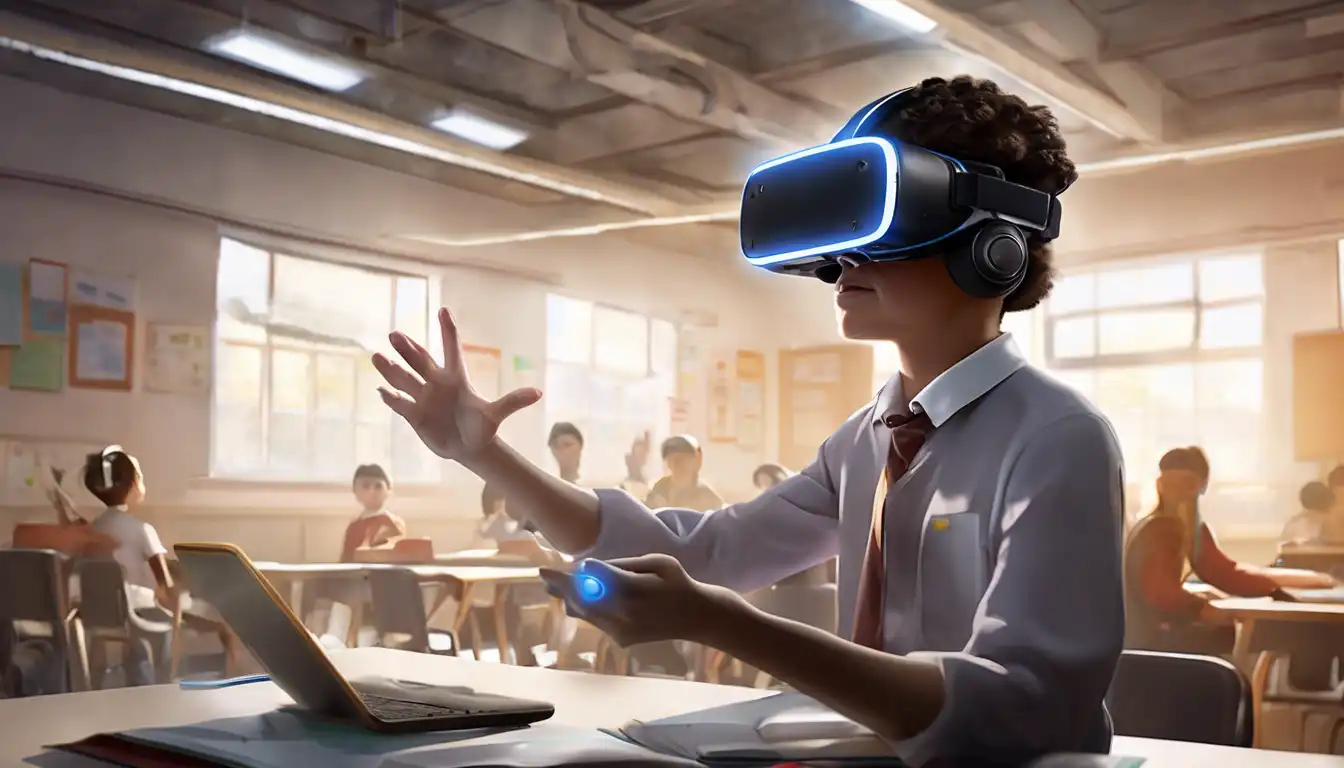The Transformative Impact of Virtual Reality in Learning and Skill Development
Virtual Reality (VR) technology has emerged as a groundbreaking tool in the realm of education and training, offering immersive experiences that were once beyond our imagination. By simulating real-world environments, VR provides learners with a unique opportunity to explore, interact, and engage with content in a deeply personal way. This article delves into the potential of VR in revolutionizing educational methodologies and training programs across various sectors.
Why VR is a Game-Changer in Education
Traditional learning environments often struggle to capture the attention of students or to provide hands-on experience in fields that require practical skills. VR addresses these challenges by creating engaging, interactive simulations that enhance comprehension and retention. For instance, medical students can perform virtual surgeries, allowing them to practice and hone their skills without the risks associated with real-life procedures.
Enhancing Training Programs with VR
Beyond the classroom, VR is transforming professional training across industries. From aviation to manufacturing, employees can undergo realistic simulations that prepare them for high-stakes situations in a safe, controlled environment. This not only improves skill acquisition but also significantly reduces training costs and risks.
The Benefits of VR in Education and Training
- Immersive Learning: VR creates a fully immersive learning environment that enhances engagement and motivation.
- Safe Practice Environment: Learners can make mistakes and learn from them without real-world consequences.
- Accessibility: VR can bring distant or inaccessible locations and scenarios into the classroom or training center.
- Customizable Scenarios: Educators and trainers can tailor VR experiences to meet specific learning objectives or skill levels.
Challenges and Considerations
Despite its potential, the integration of VR into education and training is not without challenges. High costs, technological limitations, and the need for specialized content creation are significant barriers. However, as technology advances and becomes more affordable, these obstacles are expected to diminish, paving the way for wider adoption.
Looking Ahead: The Future of VR in Education and Training
The future of VR in education and training is bright, with ongoing advancements promising even more realistic and interactive experiences. As educators and trainers continue to explore its potential, VR is set to become an integral part of learning and professional development strategies worldwide.
For more insights into how technology is shaping the future of education, explore our articles on E-Learning Trends and Innovative Teaching Methods.
